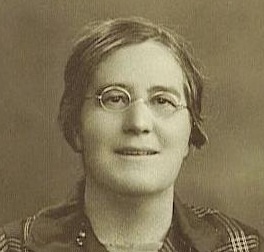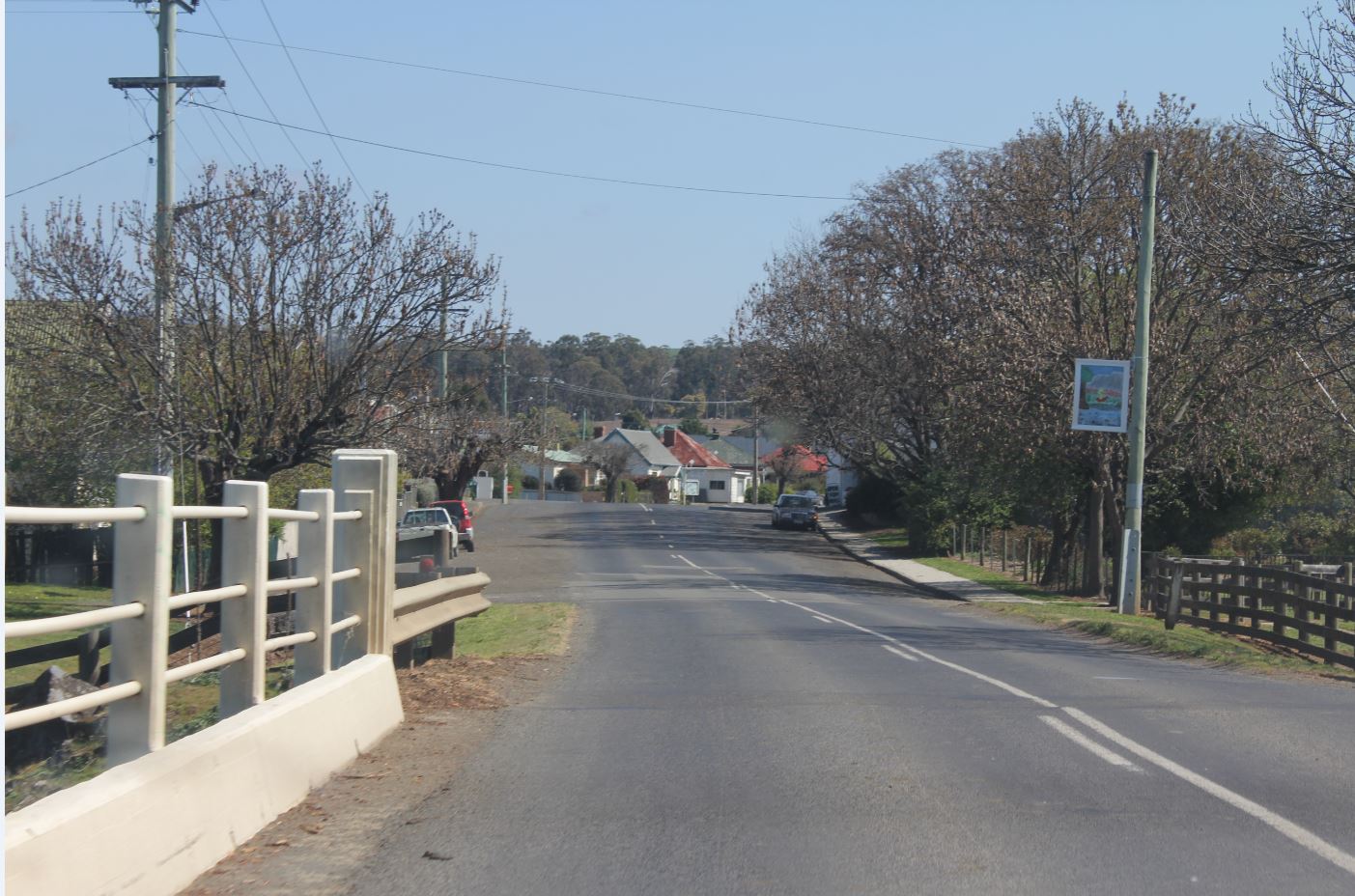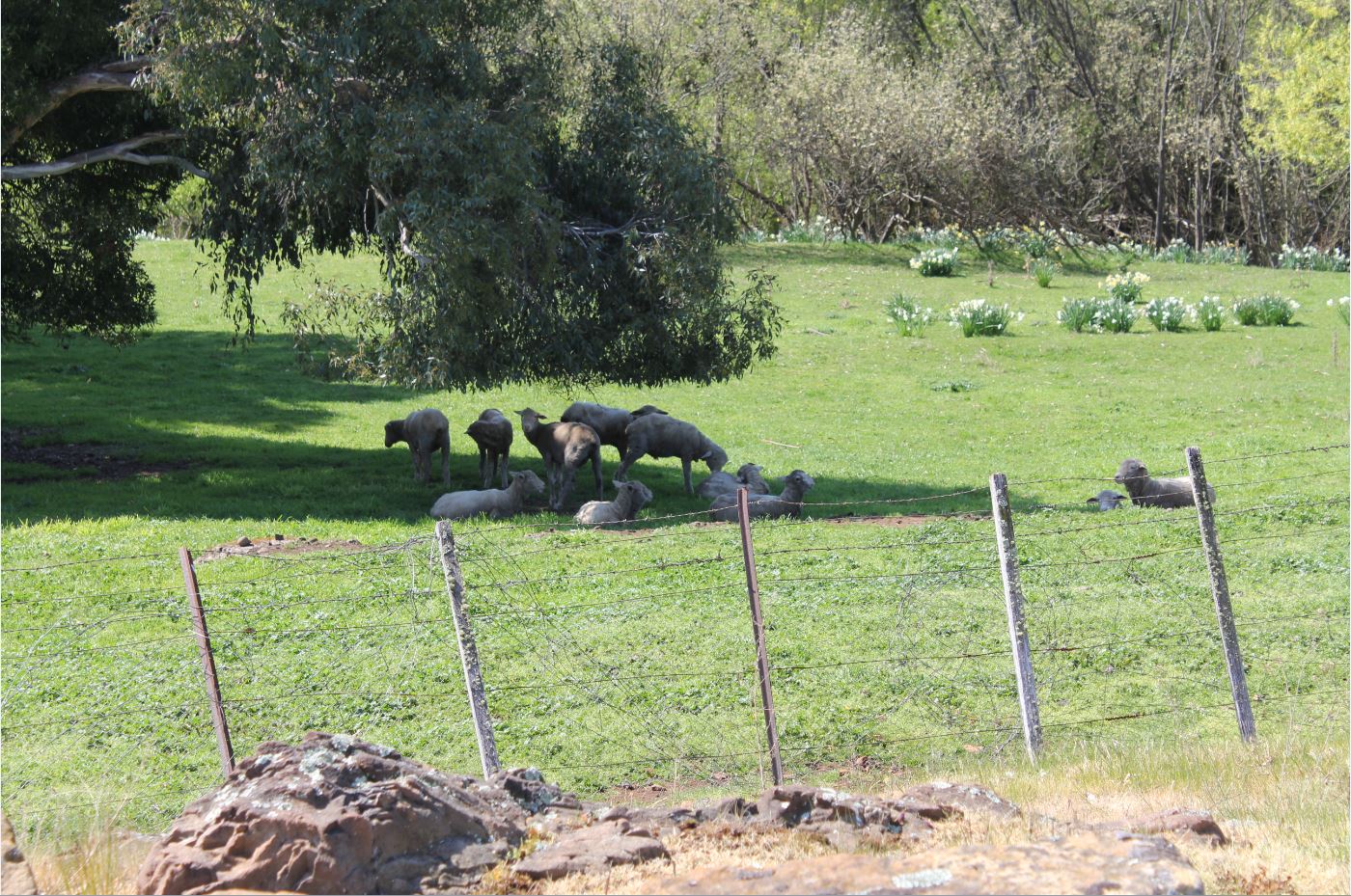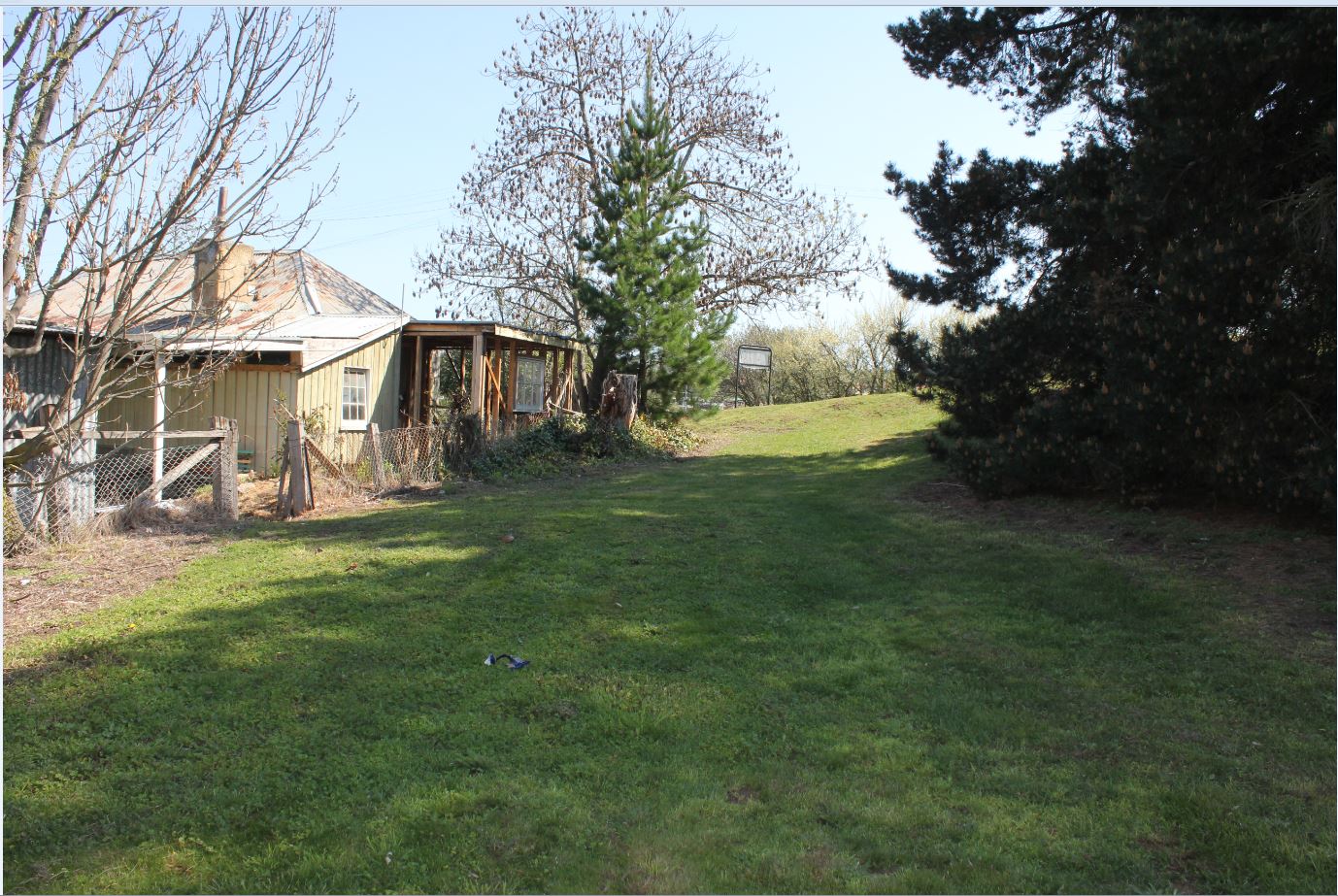This prompt stumped me for weeks. My favourite ancestral name is Hester, but I have written extensively about my two Hesters already – probably because it is my favourite name. I didn’t want to write another Hester blog!
So I then chose Parsons Dudden, an ancestor with one of the coolest names imaginable. In the course of writing that post, I discovered that he wasn’t my ancestor after all. In the little Somerset village of Temple Cloud there were two girls named Elizabeth Dudden, one born in 1784 and one born in 1788. Somehow, I hit on the wrong one as the wife of my William Burleton.
I’m still not quite sure but it looks as though my Elizabeth Dudden was the daughter of George Dudden.
George is a good solid name, but not – to my mind – material for a ‘favourite name’ blog.
So who to choose? I have a lot of ancestors.
As I cast my eye over the various names – John, George, Thomas, Mary, Anne, Elizabeth – I just wasn’t inspired. And then I found her – a remarkable woman with a remarkable name.
This is a blog about the world of Fannie Rawlinson.

Fannie Rawlinson 1878-1953
Fannie is my children’s 3 times great grandmother.
Fannie’s family lived in the beautiful but cold hills of Ouse. Her great-uncle George had been one of those convicts of the early years who received a large grant of land upon completing his sentence. A lot of those early guys became quite rich by moving onto their own land in tough virgin bushland and establishing their own dynasty. One of those men was George Sweet Eyles (1819 -1895). George called his property Rocky Marsh, built a decent house and brought his struggling family out from England, giving himself a good support network and some trusted partners in the management of his property. George had listened and learned from everyone around him during his convict years. He also obtained a license as a publican and victualler, a business which rarely failed in early Tasmania.
Some of those family members included Fannie’s great grandfather John Eyles who died before she was born, some other great-aunts and great-uncles, and her grandmother Fanny, for whom our Fannie was clearly named.

The little town of Ouse at it was in 2014, taken from the bridge over the Ouse River.
Fanny Eyles was born in Bristol in 1827 and became the servant to a tripe setter named Peter Rawlinson, a man from Stockport in Cheshire. He was a man with his own business, with a wife and three children and a fourth on the way when Fanny Eyles first went there. This I have gleaned from census records. Peter’s wife was also Fanny – baptised as Frances Oldham. Frances Oldham died (maybe?) sometime after the birth of her fourth child, Alice Rawlinson. Our Fanny Eyles filled the empty place as mother to those children, and it appears she filled another empty place with her employer Peter. But he didn’t marry her. The women in this line never could pick a man who truly wanted them.
By 1853 Peter had just one child still at home. Peter, daughter Alice, and Fanny Eyles all took advantage of convict George Eyles’ sponsorship to Australia. This despite the fact that Peter and Fanny were still not married. Their daughter Mary was born in 1854 in Ouse.
Peter Rawlinson and Fanny Eyles were married on 24 April 1855 in Ouse, Tasmania probably as a result of family pressure. Two more children were born to the couple – Peter Edward Rawlinson in 1856, and Elizabeth in 1858 – mother to our Fannie.

Sheep paddock at Ouse 2014
There was a bit of fuss when 15 year old Alice Rawlinson moved in with 40-year-old George Eyles, the lord and master of Rocky Marsh. This comes from letters passed down the family.
George was a married man – he had married Sarah Kitchener in 1855, an ex-convict with an illegitimate son. But soon after their marriage she apparently became an invalid – possibly a stroke? The story which has come down is that she gave her blessing to George’s union with Alice Rawlinson, and she continued to live in the house with them and their growing family, with Alice caring for her. No further comment from me here.
George and Alice produced a large family, their eldest child born in 1861.
Those early properties were little countries of their own. Just after Alice moved in with George, her father Peter Rawlinson took off to Victoria, taking son Peter with him. It looks as though his rather forced marriage to Fanny hadn’t worked out. Perhaps he just couldn’t hack the Eyles household . Fanny raised the girls on her own, living at Rocky Marsh.

House at Ouse
You can see that Elizabeth grew up without the influence of a church or neighbours. She didn’t have as much idea of money or men, just a rather stifling home life with a predominance of women and great-uncle George Eyles firmly in charge.
Rocky Marsh was a big step up for the family, but it was still just an isolated house in the wilds of inland Tasmania with no infrastructure and few neighbours. It suited the older, married members of the family. It was clearly not meeting the needs or wishes of the next generation.
Mary moved to Hobart and married Henry Stump in 1873. Elizabeth, it seems, went to Hobart too, where she entered into a relationship with an educated, well-connected young man from a wealthy and ambitious merchant family. Alfred James Morling was a year older than she was (18 when she was 17), His father owned at least eleven shops in Hobart and he had a guaranteed place in the business. His world was vastly removed from Elizabeth’s, but it’s likely that she didn’t know that. There’s no way that uneducated, convict-descended Elizabeth would be acceptable to the Morley elders.
Two children were born to Alfred Morling and Elizabeth – Albert in September 1876, and our Fannie on 12 Jan 1878.
A year after Fannie’s birth, Alfred married Mary Bush, a young lady from his own social background. Elizabeth was left with two children. She chased Alfred in court a few times for financial support, petitions which were granted by the court but quickly forgotten by Alfred. So Fannie never met her real father or her eight half-siblings.

Derwent River near Rosetta, not far from the home of Henry and Mary Stump.
Elizabeth then met Henry Dawson, and it seems she was onto something good here. Henry was a drayman who lived on Landsdowne Crescent in West Hobart. Elizabeth, Albert and Fannie moved in with him and they had two daughters, Harriet Lilly and Elsie Mary.
Tragedy struck. Henry Dawson died of albuminaris (dropsy?) in January 1884. Harriet died of diarrhea just one month later.
Somewhat broken in spirit, Elizabeth took her three little ones and returned to Rocky Marsh, where she met Edward Albert Bethel Triffett (the spelling he used).
Edward Triffett was the great grandson of James Triffitt, yet another of those early convict land grantees who achieved wealth and repute in their own dynastic worlds. He was five years younger than Elizabeth, but it was a lasting match. Edward and Elizabeth were married in Hobart in 1887, then settled in Hamilton for the birth of their nine children together. From this point on, Fannie had a stable home life.
Then Fannie became pregnant at the age of sixteen. Her daughter Evelyn was born on 12 Jan 1895, just a few days before Fannie’s seventeenth birthday.
Evelyn is my children’s 2 times great grandmother. I’d love to know who that father was. But I don’t. DNA tests suggest he might have been surnamed Day.

Just an image to break up the text
Two more daughters were born to Fannie, each with father’s name not provided – Annie in 1897 and Elsie in 1898. Just like her own mother, Fannie’s third daughter died as an infant – of teething, ‘nil’ medical attendant at either death or prior illness. Yet for some reason there was no inquest?
A month after Elsie’s death, Fannie married Sydney Edwin Bethel Daley. Note the similarity in name to her stepfather. The two middle names were a feature of the prolific Triffitt dynasty and each one served a function in identifying the family branch.
Sydney Daley was the son of Isaac Daley and Maria Triffitt. Maria was the sister of Fannie’s stepfather Edward. (A generation back and Issac Daley was the son of Owen Daley and Susan Triffitt – the sister of Maria and Edward’s father John Frederick Triffitt).
Five children were born to Sydney and Fannie. They lived in Ouse.
But during their lifetime, there were also a couple of sons whose paternity is ascribed to other men. So perhaps it was not a happy marriage. The two – possibly three – sons were born too recently to be named here. They are all deceased now but their families may not know. Also – their eldest child Annie is registered with father’s name ‘unknown’ despite the marriage.
Sydney died in 1946 and Fannie passed away in 1953. She was known to her grandchildren as ‘Granny’ and was very much loved for her warmth and for the treats she gave to all the children in her world. Her last home was in Gatehouse St, Moonah.
Fannie was buried at Cornelian Bay, incorrectly recorded as ‘Fanny’ Elizabeth Daley, but I haven’t found a headstone.